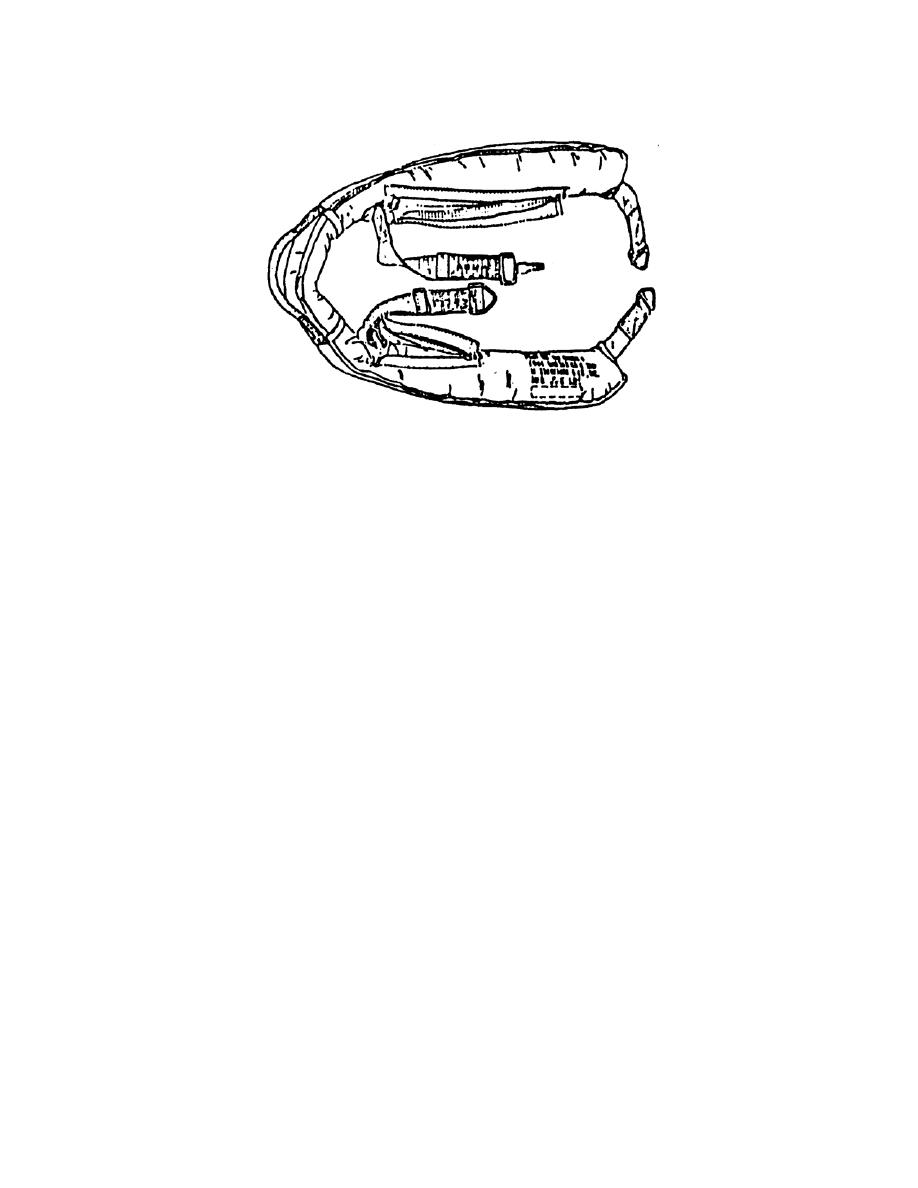
Figure 5-18. Survivor's sling with retainer straps pulled out.
c. After the sling and hook touches the ground and the accumulated static
electricity is discharged, the personnel on the ground pull the retaining straps from the
sling, place the casualty in the sling (sling is under casualty's arms), fasten the retaining
straps to secure the casualty, and notify the hoist operator that the casualty is ready to
be hoisted.
d. After the casualty is raised, the hoist operator lowers and guides the casualty
into the helicopter, being careful to not grasp the webbing handle on the sling.
NOTE:
Grabbing the webbing handle may raise the casualty's arms which could
cause him to slip from the sling prematurely.
e. The operator releases the safety strap and secures the casualty inside the
helicopter.
Section III. AEROMEDICAL EVACUATION REQUEST
5-16. RADIO COMMUNICATION
The field radio (usually an AN/PRC-119) is a common means through which an
evacuation request is transmitted and through which personnel on the ground
communicate with the air ambulance. Actual communication may be transmitted by a
soldier trained in radio operation and procedures, but the medic should also know how
to use the communications system. Figure 5-19 shows a sketch of an AN/PRC-119
with condensed operating instructions.
MD0001
5-21



 Previous Page
Previous Page
